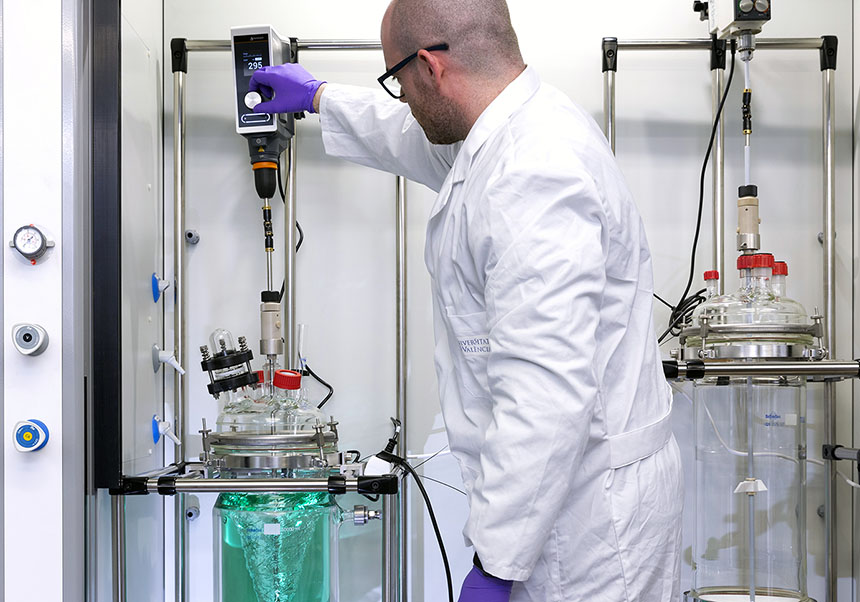A system to prevent the development of Type 2 Diabetes Mellitus with blood tests and easily obtainable parameters investigated
- Scientific Culture and Innovation Unit
- October 3rd, 2022

Researchers from the University of Valencia (UV), the INCLIVA Health Research Institute and the Clinical Hospital of Valencia, among other centres, have carried out a study to create a prediction model for the risk of developing Type 2 Diabetes Mellitus (DM2). This takes parameters present in any routine blood test (basal glucose and triglyceride levels) and others that are easily obtained (age, sex, weight and height of patients). The results of this work have been published in the European Journal of Internal Medicine.
The study aims to have a system that is easy to apply in daily clinical practice to prevent the development of DM2, a disease that is affecting more and more people and is associated with many complications, as well as consuming a large amount of healthcare resources. Patients with this pathology are usually older than those with type 1 diabetes, and unlike those, they can produce insulin, although not in the amounts required by the body. An early identification of people susceptible to developing DM2 would allow, together with the adoption of healthy lifestyle habits, to delay or prevent its appearance.
The results of the study, in which Isabel Peraita and María Morales participated on behalf of the UV, have been carried out with the data obtained from the Di@bet.es study, whose general objective was to analyse the prevalence of DM2 in Spain. Researchers have focused on identifying factors that make it possible to know who can develop diabetes despite not initially presenting a high risk, since they represent up to 60% of new cases of DM2. The main researcher of this work is Javier Chaves, head of the INCLIVA Genomics and Diabetes Unit and scientist at the Centre for Biomedical Research Network on Diabetes and Associated Metabolic Diseases (CIBERDEM).
Around 5,500 people have participated in the Di@bet.es study, and they are being followed up after seven and a half years. Initially only about 600 were DM2 patients and after years of follow-up, 156 more have developed DM2. With a selection of variables, a decision tree was generated using the statistical method CHAID (Chi-square Automatic Interaction Detector) with which it was seen that the combination of fasting values of triglycerides and glucose, age, sex and BMI allows to correctly classify 93% of the participants as DM2 or not DM2.
Of all these parameters, the one with the greatest effect is fasting glucose levels. If a person has more than 106 mg/dL of fasting glucose, their risk of developing DM2 in the future is 13 times higher than in the rest. On the other hand, in those who have glucose levels below this and who develop DM2, (up to 65% of new cases), and who are the most difficult to predict, using other parameters such as age, BMI or triglyceride levels highest risk cases can be identified.
Participating in the study, from the Genomics and Diabetes Unit, were Francisco Lara and Irene Andrés and Ana Bárbara García –also from CIBERDEM–; doctors José T. Real, coordinator of the INCLIVA Cardiometabolic Risk and Diabetes Research Group and head of the CIBERDEM group, and Sergio Martínez Hervás, researcher of the same INCLIVA and CIBERDEM group).
Article: S. Martínez-Hervás et al. «Developing a simple and practical decision model to predict the risk of incident type 2 diabetes among the general population: The Di@bet.es Study». European Journal of Internal Medicine. Volume 102, August 2022, Pages 80-87. Doi: https://doi.org/10.1016/j.ejim.2022.05.005















